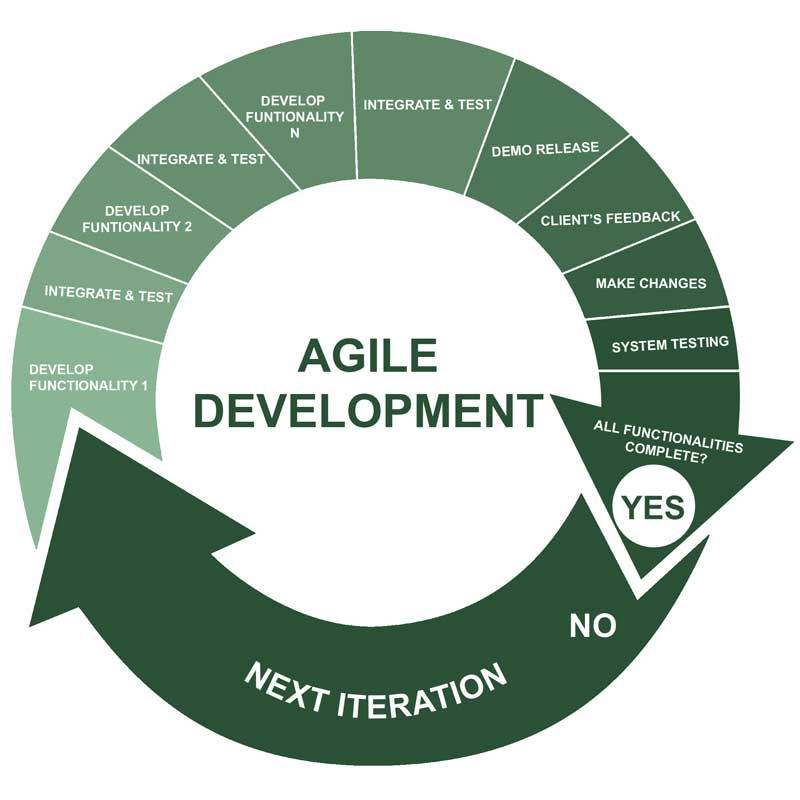
It is important today to go through the changes and updates that business analysis as well as project management have gone through. Trends that were common in 2014 included:
- Focus on design
- Greater interest in the business analysis sector by project managers
- Cloud computing
- Informal communication, documentation and utilization of modeling tool to give detail to user stories and excitement about projects by Agile.
In 2015, the following trends in the business analysis and project management sector saw the following developments:
- Agile began to work for various organizations. This helped prevent team burnout, ensured that more work was implemented and that customer expectations were reached.
- Distributed leadership
- The rise of entrepreneurship and innovation
- Use of a business analysis in the form of design work
- The struggle between distributed and centralized project governance
- A narrower approach to business analysis as well as project management credentials
- Team-based type of Agile training
Here are some of the trends realized in 2016 so far. These trends portray how business analysis as a profession is continually changing.
Table of Contents
Business Analyst Career:
The main preoccupation in the business analysis sector in 2015 was the “International Institute of Business Analysis” (IIBA) seeking to increase their visibility in order to boost business analysis as a career path. Essentially, this was meant to ensure it would be a part of larger organizations. In 2016, the role of the Business Analyst (BA) may diminish. However, the tools and techniques will still be important to the career of a BA.
Essentially, there are those organizations that still covet the role of a BA as a process-driven individual. Nonetheless, the role will take a shift to that of an individual who takes orders and liaises with various stakeholders in order to increase the focus on being a change agent.
Relationship Building:
There will be convergence in the roles of a BA and project manager. This means that the two roles will no longer be far removed in terms of collaborating efforts. This is necessary as corporate giants tighten their belts and seek to improve understanding between the project managers and the business analysts. Additionally, there is hope that there will successful connection between the two in order to foster successful projects. There should be less role convergence.
More Back-End Activities Given To Business Analysts:
Activities such as ensuring new systems are successful and processing them into production will be the role of business analysts. There has been a major lack of coordination between business production and application development. As such, software developers are installing new systems and leaving end users to tackle the problems that arise from these systems. There have been “warranty periods” placed on new systems, which would require additional charges on any problems that may arise after the implementation of a new system. Naturally, a business analyst ensures that the post-implementation issues are dealt with.

Business Analysts Will Now Be Involved In The Post-Implementation Process:
From the role of one who initially defined requirements for the success of projects to managers, today, the business analyst has to deal with transitional operations in order to ensure that all goes smoothly through to the very end. The transition from old processes to new systems goes smoothly due to this engagement from the business analyst. The production standards as well as the processes are well understood by the BA who can now work with the operations personnel and managers well.
Business Analysts Involved As Advocates For Business:
The BA will now have to liaise closely with different business units as well as the solution teams. In the past decade, most BA’s have worked as the Information technology advisors in an organization. However, this trend has changed to include them in the business unit that is found directly in the product management department.
Therefore, the BA isin a better position to ensure that the solutions team is mentored and well informed on the business problem surrounding the product. The BA today has rounded knowledge on customer base, the product line and the competition. With this knowledge, they make informed decisions on making sure the project is a success by figuring out all the loopholes in the process of system change or product production. Knowledge of the external business environment is also imperative in order to ensure that they are a good advocate for the organization out there.
Greater Business Analysis Standards:
Due to a growing demand for BA professionals, the standards for their work have greatly been raised in order to ensure success in project management. Information technology, business intelligence, business process management and business architecture are all part standards required for a BA according to “International Institute of Business Analysis” (IIBA) and Project Management Institute in 2015. These conditions were established by “International Institute of Business Analysis” (IIBA) and Project Management Institute in 2015.
Today, the PMI insists that a specific body of knowledge is required before a BA can try and perform business analysis on various projects or portfolios. Therefore, the practitioners of business analysis will have all the required standards post 2016 in order to practice.
Business Analysis Certification Bar Raised:
The need for more analysts to assist in project management from the ground up brings in the issue of certification. As such, IIBA has decided to roll out a “four-level competency-based certification program” by September of this year. Therefore, if you are not certified by September of 2016, you cannot perform business analysis for any organization.
Among other 2016 trends for Business Analysis and project management include the spotlight shining brightest on China insofar as business analysis is concerned. Finally, there is need for sustained collaboration when it comes to business analysis. Strategic partnerships are required in order to ensure that the Business Analysis Practice provides results.

 About the Author:Charlie Brown is a content marketing and SEO professional, working in a top
About the Author:Charlie Brown is a content marketing and SEO professional, working in a top 
















Its informative i like it. It’s a good article. Its more attractive and effective for people.
Welcome here and thanks for reading our article and sharing your view.
Agile project management thrives on the right tools! I’ve found that enhancing Redmine with plugins can make a big difference in sprint planning and tracking. Customizable solutions really help teams stay on top of their game.
Welcome here and thanks for reading our article and sharing your view. This will be very helpful to us to let us motivate to provide you with more awesome and valuable content from a different mind. Thanks again.